Chronic joint pain, most frequently stemming from conditions like osteoarthritis or inflammatory arthropathies, is not merely a physical discomfort; it is a pervasive life-altering condition that compromises mobility, disrupts sleep, and erodes the independence of millions. While the looming prospect of joint replacement surgery often dominates the conversation for severe, end-stage disease, the vast majority of individuals experiencing joint pain, particularly in the earlier and moderate stages, can and should be managed effectively through a complex, individualized array of non-surgical interventions. The common assumption that significant joint degeneration necessitates an immediate surgical fix overlooks the impressive capacity of the human body to respond to targeted, multi-modal, and sustained non-operative care. This approach, often requiring patience and diligent adherence, aims to reduce inflammation, strengthen surrounding musculature, modify biomechanical stresses, and ultimately, significantly improve the patient’s functional quality of life without ever lifting a scalpel. It is a philosophy that prioritizes preservation and functionality, utilizing a spectrum of tools from precise pharmacological agents to cutting-edge regenerative medicine and foundational lifestyle adjustments.
The vast majority of individuals experiencing joint pain can and should be managed effectively through a complex, individualized array of non-surgical interventions
The initial, foundational pillar of non-surgical joint pain management is the strategic deployment of pharmacological agents, moving far beyond the simple use of over-the-counter pain relievers. The strategy is hierarchical, starting with the least invasive and escalating as required. Acetaminophen (paracetamol) is often the first-line medication, particularly for mild to moderate pain, due to its favorable side effect profile compared to other options. When pain is driven by inflammatory processes, non-steroidal anti-inflammatory drugs (NSAIDs) become essential. These medications, whether oral or topical, work by inhibiting enzymes that drive inflammation and subsequent pain signaling. However, their use must be rigorously monitored, particularly in older patients or those with pre-existing gastrointestinal, cardiovascular, or renal issues. The risk of serious side effects, including bleeding ulcers or elevated blood pressure, means they are not a long-term, unrestricted solution, demanding a critical risk-benefit analysis for every prescription. The goal is to use the minimal effective dose for the shortest necessary duration, often to create a window for physical therapy to be most effective.
NSAIDs become essential when pain is driven by inflammatory processes
Moving further up the pharmacological ladder, local injections provide an invaluable tool for breaking the cycle of acute inflammation and pain, allowing the joint to rest and facilitating participation in rehabilitation programs. Corticosteroid injections, typically a combination of a potent steroid and a local anesthetic, deliver powerful anti-inflammatory medication directly into the joint space (intra-articular) or into surrounding soft tissues (e.g., tendons or bursae). The pain relief from these injections is often rapid and substantial, but temporary, lasting from a few weeks to several months. Crucially, they are palliative, not curative; they do not reverse the underlying joint damage. Furthermore, the frequency of these injections must be limited due to concerns that repeated steroid exposure may, over time, have detrimental effects on cartilage integrity. Therefore, they are strategically used as a bridge to other, more sustainable therapies, or for managing acute flare-ups.
Local injections provide an invaluable tool for breaking the cycle of acute inflammation and pain
Physical therapy (PT) and structured exercise are arguably the most critical, long-term non-surgical interventions, often yielding superior functional outcomes compared to medication alone. Joint pain frequently leads to muscle guarding, atrophy of supporting muscles, and the adoption of compensatory movement patterns, all of which ultimately increase stress on the compromised joint. A targeted physical therapy program seeks to dismantle this maladaptive cycle. The focus is not on the joint itself, but on strengthening the surrounding musculature—for example, the quadriceps and hamstrings for the knee, or the rotator cuff for the shoulder. Increased muscle strength acts as a dynamic stabilizer, absorbing shock and reducing the load transferred through the joint surfaces. Furthermore, specific exercises are used to restore range of motion, improve flexibility, and correct biomechanical imbalances that contribute to abnormal joint loading during activities of daily living. Adherence to the prescribed home exercise program, long after formal PT sessions end, is the single greatest determinant of sustained functional improvement.
A targeted physical therapy program seeks to dismantle this maladaptive cycle
Beyond traditional PT, specialized physical interventions and modifications play a significant role in reducing mechanical stress on the joints. Orthotics, braces, and assistive devices—such as canes or walkers—can immediately offload painful joints. Custom-made shoe inserts (orthotics) can correct foot and ankle alignment, thereby improving the entire kinetic chain and reducing aberrant forces transmitted up to the knee and hip. Braces, particularly those designed to provide unloading (off-loader braces) for specific compartments of the knee affected by osteoarthritis, can mechanically shift weight away from the damaged area, offering palpable relief. Furthermore, lifestyle modifications that reduce systemic stress, primarily weight management, are indispensable. Excess body weight multiplies the load on weight-bearing joints—each pound of body weight can translate into four to six pounds of force across the knee joint. Even a modest reduction in weight, therefore, yields a disproportionately large reduction in joint stress and pain.
Lifestyle modifications that reduce systemic stress, primarily weight management, are indispensable
In the last decade, the field of regenerative medicine has emerged as a promising, albeit still evolving, frontier in non-surgical joint care. Two notable modalities are Platelet-Rich Plasma (PRP) and cellular therapies, sometimes derived from bone marrow aspirate concentrate or adipose tissue. PRP therapy involves drawing a small amount of the patient’s blood, processing it to concentrate the platelets and growth factors, and then injecting this concentrate directly into the injured joint or tissue. The rationale is that these concentrated growth factors can stimulate healing, reduce inflammation, and potentially slow down the degradation of cartilage and other tissues. While the evidence base continues to mature and application protocols are still being standardized, early results in specific forms of tendonitis and mild to moderate osteoarthritis have been encouraging, offering a biological, non-pharmaceutical approach to pain modulation.
The field of regenerative medicine has emerged as a promising, albeit still evolving, frontier in non-surgical joint care
Another category of injectable treatments focuses on replacing or supplementing the natural viscous components of the joint fluid. Hyaluronic acid (HA) injections, often referred to as viscosupplementation, involve injecting a gel-like substance that mimics the properties of healthy synovial fluid. The primary mechanism is thought to be an improvement in the joint’s lubrication and shock absorption properties, though there is also evidence suggesting an anti-inflammatory and analgesic effect. HA is most commonly used in the knee, and while its efficacy can be variable between patients, many experience several months of noticeable pain reduction, making it a viable option for those who have failed to respond to simpler interventions but are not yet candidates for surgery. Its advantage lies in its generally low risk profile and the fact that it can be used repeatedly, unlike the necessary limitations placed on corticosteroid injections.
Hyaluronic acid injections, often referred to as viscosupplementation, involve injecting a gel-like substance that mimics the properties of healthy synovial fluid
A often overlooked, yet critical, element of non-surgical management is the integration of psychological and behavioral strategies. Chronic pain is rarely purely physical; it involves a substantial neuro-psychological component. Techniques such as Cognitive Behavioral Therapy (CBT), mindfulness, and pain education can fundamentally alter a patient’s perception of pain and their ability to cope with it. CBT helps patients identify and change maladaptive thoughts and behaviors related to their pain, fostering self-efficacy and reducing fear-avoidance behaviors that often lead to further functional decline. Furthermore, comprehensive pain education empowers the patient to understand that pain intensity does not always directly correlate with the degree of tissue damage, thereby mitigating anxiety and facilitating active participation in physical rehabilitation. Treating the entire person, not just the damaged joint, yields far superior long-term results.
Treating the entire person, not just the damaged joint, yields far superior long-term results
For patients whose pain is intractable and resistant to these broad-based conservative measures, but for whom surgery is still undesirable or contraindicated, minimally invasive interventional procedures offer targeted relief. Radiofrequency Ablation (RFA) is an example of such a procedure, most often utilized for the chronic pain of spinal or knee osteoarthritis. RFA involves using a specialized needle to deliver radiofrequency energy to tiny nerves that transmit pain signals from the joint capsule to the brain. By effectively ‘stunning’ or ablating these sensory nerves, the pain signal is interrupted. While RFA does not address the underlying joint pathology, the duration of pain relief can be significant—often six to twelve months—providing a prolonged window of comfort during which the patient can maximize their strength and function without the severe limitations imposed by chronic pain, delaying the need for more invasive surgical procedures.
Radiofrequency Ablation is an example of such a procedure
The journey through non-surgical joint pain management is an iterative, adaptive process that requires the patient to be an active participant and the physician to be a skilled coordinator of care. There is no single magic bullet; success is found in the layered, synergistic application of multiple modalities. The initial emphasis on weight reduction, targeted muscle strengthening, and strategic use of anti-inflammatories should gradually transition, when appropriate, toward interventional procedures or regenerative treatments. The decision to ultimately pursue surgery should be viewed not as a failure of conservative care, but as the final, necessary step after all other avenues for preserving native joint function and maximizing pain-free movement have been thoroughly and thoughtfully exhausted. This systematic, conservative-first philosophy remains the enduring and most ethical approach to managing chronic joint disease.
